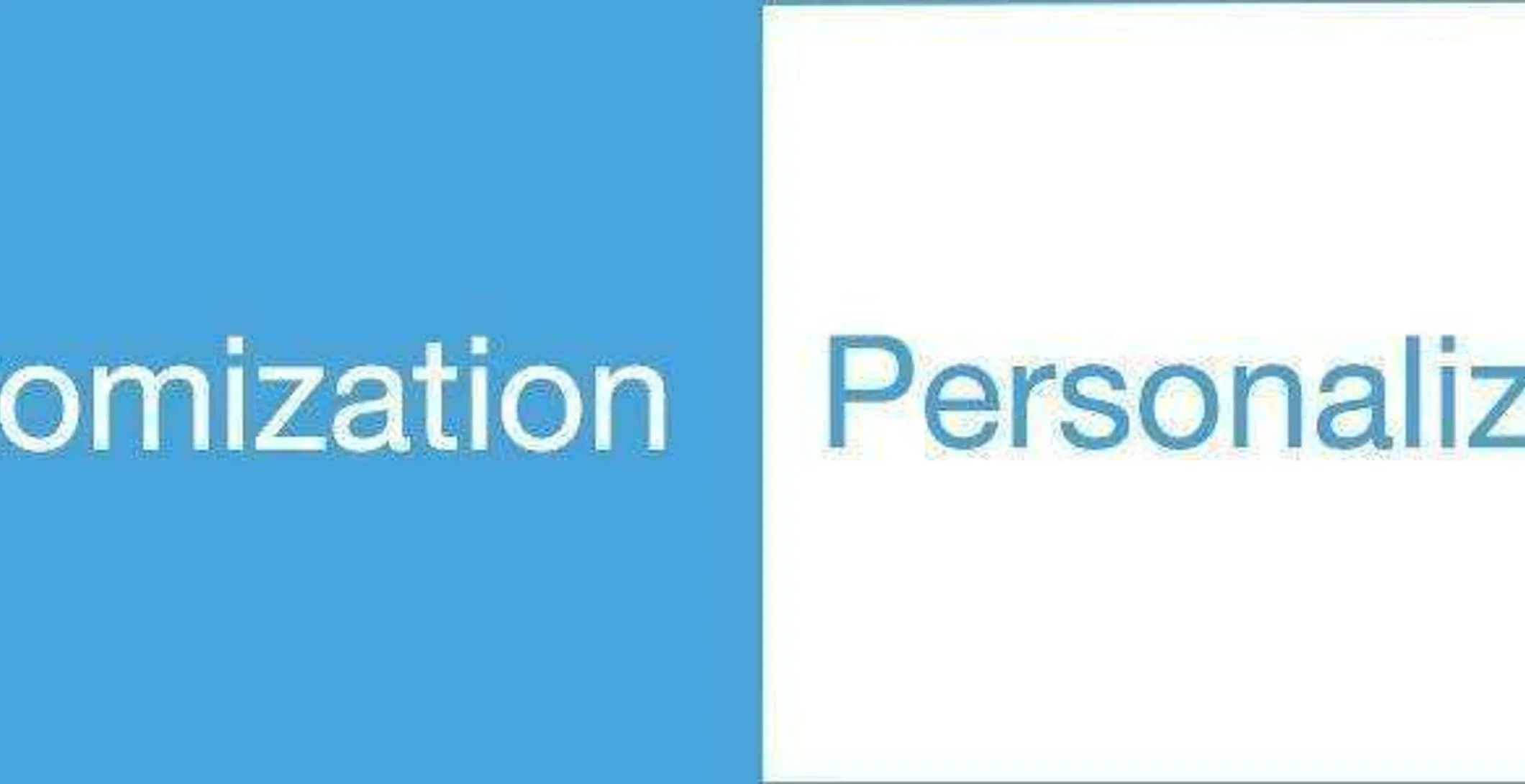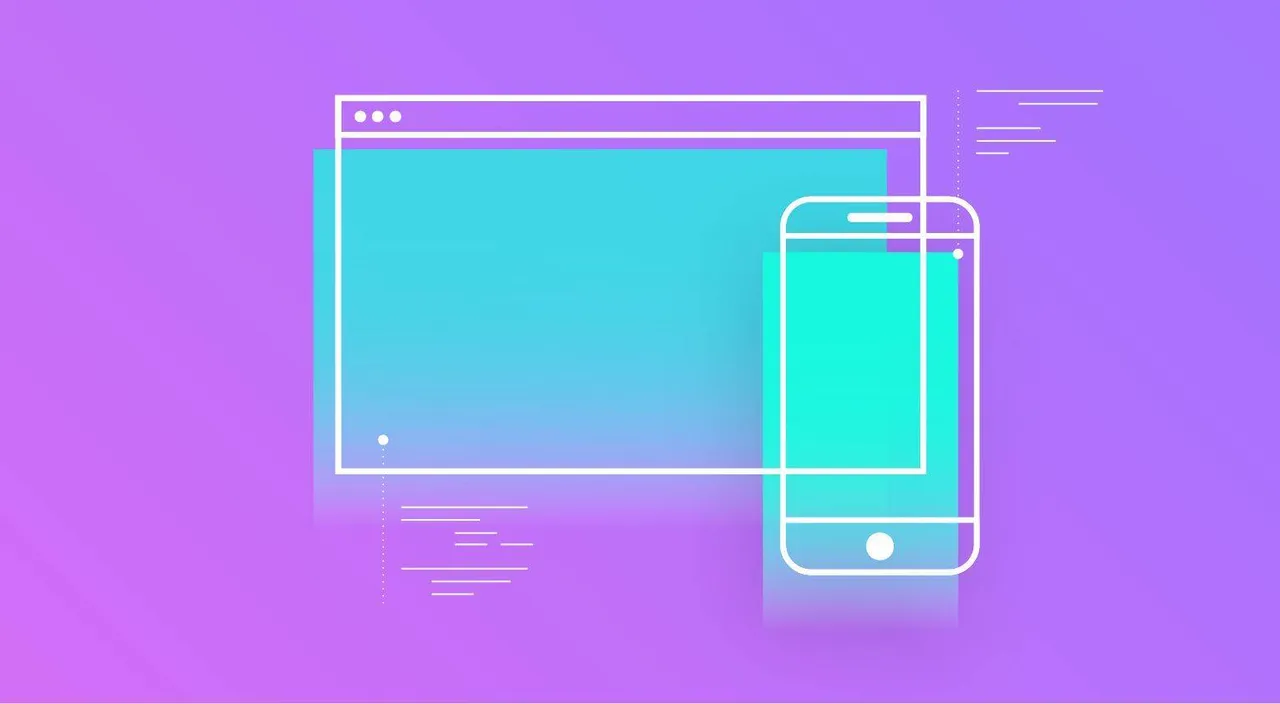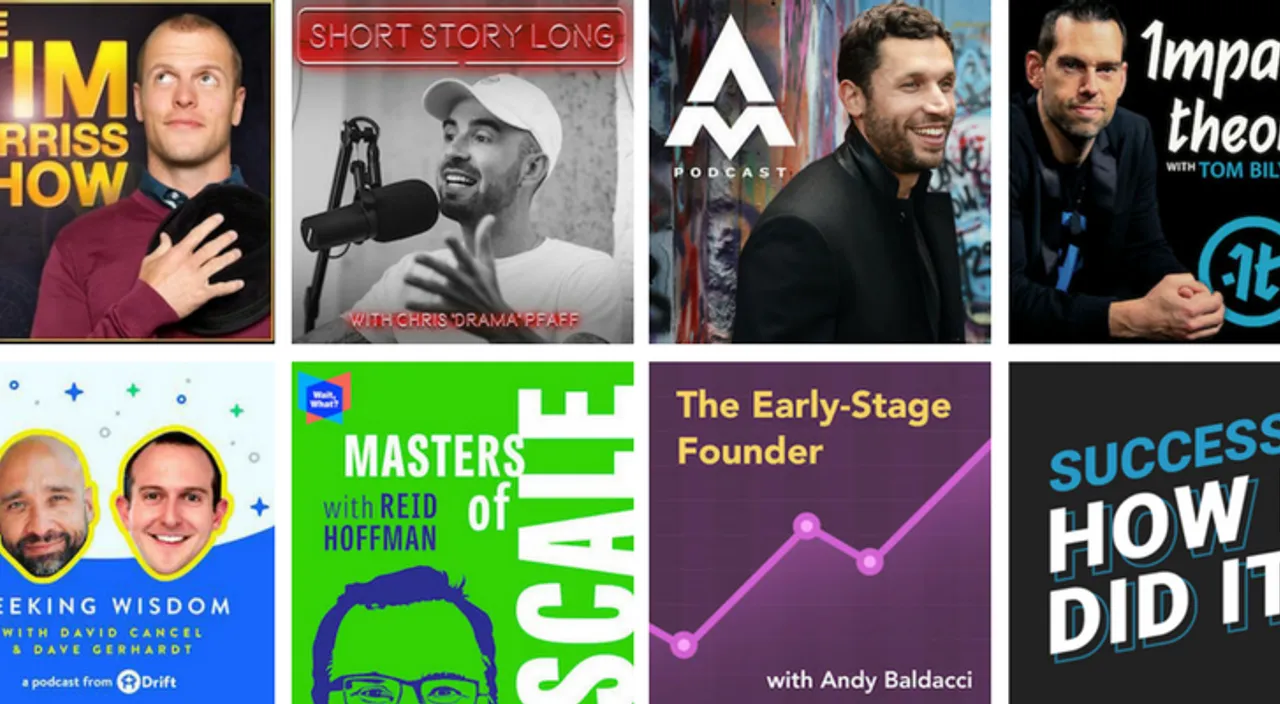You have a dedicated website and/or app for your business for a reason – you want to attract and cater to people from different regions of the world and with different interests. To achieve this, one of the first and main things you should do is personalize or customize your platform.
This is undeniably a vital part of your online business platform. Of course, you need to have a wonderful user experience design; however, it is responsible for making the best first impression alone and there is much more than that. In order for your website or app to attract customers and have them use the platforms constantly, you need to focus on personalizing or customizing the content.
Customization and personalization happen to be two of the biggest buzzwords for marketers in the past several years. In fact, these are words that are often used conversely, without understanding the fact that they are different from one another.
Yes, the objective of both customization and personalization is the same, which is to tailor an app or website’s content and features to individual user’s interests; however, the processes followed or approaches taken to achieve the same are different.
Since these two concepts follow different routes, there are some differences between the two that any marketer should understand before deciding which concept to use.
✓ Customization
Customization refers to the action performed by users themselves, where they modify something to suit their needs or preferences. For instance, when a person uses your app, he or she will be allowed to make changes, such as designing the layout, content, etc., to meet their needs.
✓ Personalization
Personalization is carried out by the app or system accessed by the user. The app or system will be developed in such a way that it identifies a user’s needs and delivers experience and content accordingly.
For instance, when you use Amazon, your whole experience on the platform will be personalized based on different factors, such as your previous searches and purchase history. Such personalized experienced can greatly increase customer loyalty.
The Difference

The difference between customization and personalization can be explained using a common day-to-day scenario. Let’s say you share a car with your partner; every time you use it, the car automatically adjusts the position of the driver’s seat and that of the steering wheel to match your preferences.
Not just that, the air conditioning system gets set to your temperature preference and the entertainment system starts playing your favorite song. This is what personalization means.
On the other hand, when you do all of these on your own, from changing the seat and steering wheel’s position to setting the AC temperature, it is called customization.
The ultimate different between the two concepts lies at who makes the adjustments.
Customization is done by users, as mentioned earlier, as they receive the power to modify their experience on a platform to match their liking.
Personalization takes advantage of user data to provide the necessary results and therefore doesn’t require any manual input from the user.

Upsides and Downsides
Both customization and personalization are really helpful and useful tools for an online business. However, like with any other approach, they have their own sets of upsides and downsides as well:
Customization Upsides
For those users who find personalization a bit intrusive, customization is the best alternate solution, because it lets them attain better user experience while having control of what happens on the specific platform.

Customization is an excellent way to enhance user experiences because it lets the visitors of your website or app to decide specifically what they wish to see, which means you will be displaying only those content your users want.
Downsides
Customization can sometimes be frustrating for users because it requires them to do a lot of work, from filtering through irrelevant content to personalizing their overall experience.
Also, in some cases, your users may not exactly know what they want, and customization becomes a problem during such scenarios.
Personalization Upsides
Since this is done entirely by the system, it doesn’t require any sort of effort from the user, making their whole experience easy and convenient.

Personalization delivers an enhanced user experience because of its ability to filtrate irrelevant content.
Downsides
User privacy is a matter of concern when it comes to personalization. Since the system gathers information about users’ preferences and needs, some users find the experience to be confounding, especially if the produced content is too accurate.
Should You Customize or Personalize?
If your business involves dealing with customers, it is essential that you tailor experiences for them. Generic user experiences will not help you convert users into customers and retain your existing customers; what they need is an experience that fits them.
And when it comes to choosing the best approach for your business, you need to understand the products you offer or the services you provide and determine your site or app’s goals to know what will best suit your business.
If your business is new to the online world, customization would be the easy first step you can take to tailor user experiences, because you may not have the necessary knowledge, tools, and sufficient data to provide personalized experiences to your users.




